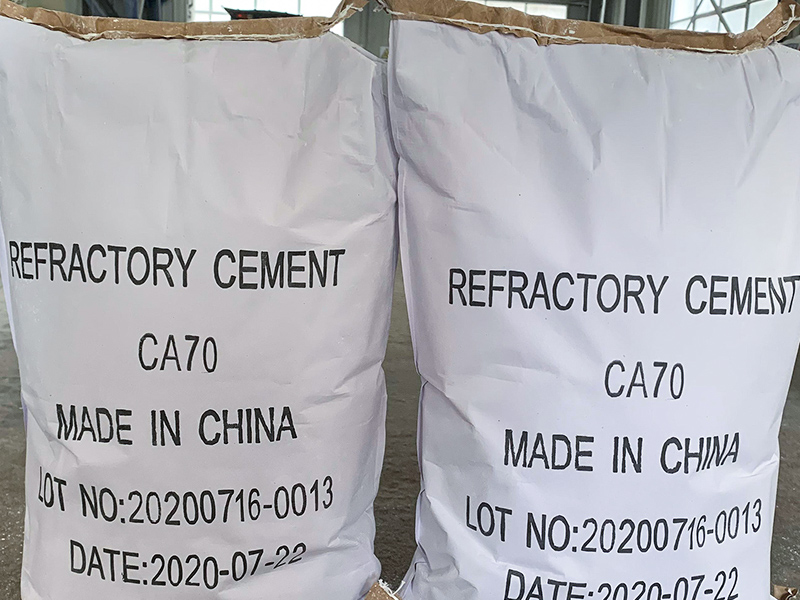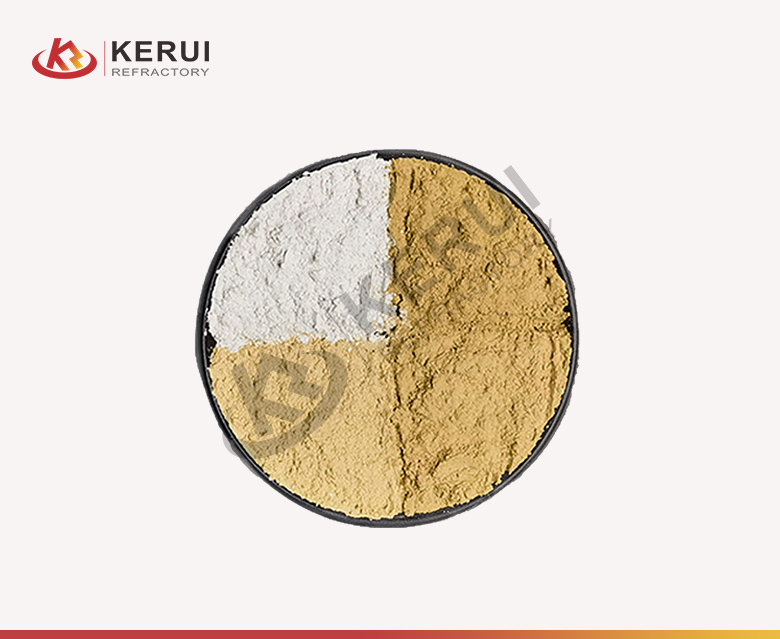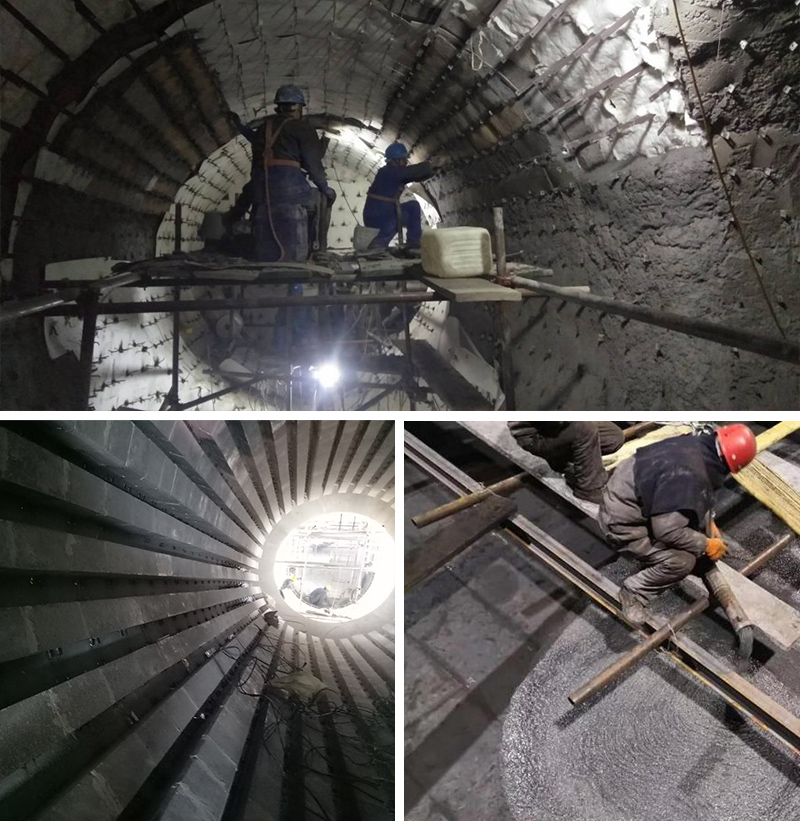In industries that deal with high temperatures and harsh environments, having reliable and durable materials is crucial. Moldable refractory cement is a specialized type of refractory material that offers excellent heat resistance, easy application, and versatility. It is commonly used in applications such as furnace linings, kiln repairs, and other areas where high-temperature insulation and protection are required. In this comprehensive guide, we will explore the properties, applications, and benefits of moldable refractory cement.

What is Moldable Refractory Cement?
Moldable refractory cement, also known as refractory castable, is a type of refractory material that can be easily shaped and molded to fit a variety of applications. It is composed of refractory aggregates, binders, and additives that provide excellent thermal insulation and resistance to high temperatures. The cement is typically supplied as a dry powder, which can be mixed with water to form a workable paste that can be shaped and applied to the desired area.
Properties of Moldable Refractory Cement
Moldable refractory cement offers several key properties that make it suitable for high-temperature applications:
High Heat Resistance: Moldable refractory cement can withstand extreme temperatures, typically ranging from 2,000°F (1,093°C) to 3,000°F (1,649°C) or even higher, depending on the specific product.
Easy Application: The cement can be easily mixed with water to form a paste-like consistency, allowing for easy shaping and application by hand or with simple tools.
Versatility: Moldable refractory cement can be used to repair or line various types of equipment, including furnaces, kilns, boilers, incinerators, and chimneys.
Good Adhesion: The cement has excellent adhesion properties, allowing it to bond well with different substrates, such as brick, metal, and ceramic fiber.
Thermal Shock Resistance: Moldable refractory cement has good resistance to thermal shock, meaning it can withstand rapid changes in temperature without cracking or spalling.

Applications of Moldable Refractory Cement
Moldable refractory cement finds applications in various industries and settings, including:
Furnace Linings: It is commonly used for repairs and maintenance of furnace linings, providing insulation and protection against high temperatures.
Kiln Repairs: Moldable refractory cement is used to repair damaged kiln linings in industries such as ceramics, glass, and metal processing.
Boiler Insulation: It is employed as an insulation material in boilers to improve energy efficiency and protect against heat loss.
Incinerators: Moldable refractory cement is used to line the combustion chambers of incinerators, providing heat resistance and prolonging the lifespan of the equipment.
Chimney Repairs: It can be used to repair and line chimneys in residential, commercial, and industrial settings, ensuring proper heat insulation and structural integrity.
Benefits of Moldable Refractory Cement
Using moldable refractory cement offers several benefits:
Customizable and Easy Application: The cement can be shaped and molded into various forms, allowing for customized repairs and installations. It can be easily applied by hand or with basic tools.
High Heat Resistance: Moldable refractory cement can withstand extremely high temperatures, making it ideal for applications in industries with demanding heat conditions.
Versatility: It can be used for various repair and insulation purposes in different types of equipment and settings.
Cost-Effective: Moldable refractory cement offers a cost-effective solution for repairing and maintaining high-temperature equipment, extending their lifespan and reducing the need for expensive replacements.
Durability: Once cured, the cement forms a strong and durable bond with the substrate, providing long-lasting protection against heat and wear.

Proper Installation and Safety Considerations
When working with moldable refractory cement, it is important to follow the manufacturer’s instructions for proper installation and safety precautions. Here are a few general guidelines to consider:
Wear appropriate personal protective equipment (PPE), such as gloves, safety goggles, and a dust mask, to protect against skin contact and inhalation of cement dust.
Prepare the surface by cleaning it thoroughly and ensuring it is free of debris, oil, and other contaminants.
Follow the recommended mixing ratio of cement to water and mix thoroughly to achieve a consistent paste-like consistency.
Apply the cement to the desired area using a trowel, spatula, or by hand, ensuring even coverage and proper thickness.
Allow the cement to cure and dry according to the manufacturer’s instructions before subjecting it to high temperatures.
In conclusion, moldable refractory cement is a versatile and effective solution for high-temperature applications, offering excellent heat resistance, easy application, and durability. Whether you need to repair furnace linings, kilns, boilers, or chimneys, moldable refractory cement provides a customizable and cost-effective option. By understanding its properties, applications, and proper installation techniques, you can make informed decisions and ensure the successful implementation of moldable refractory cement in your specific high-temperature projects. Remember to always prioritize safety and follow the manufacturer’s instructions for optimal results.
